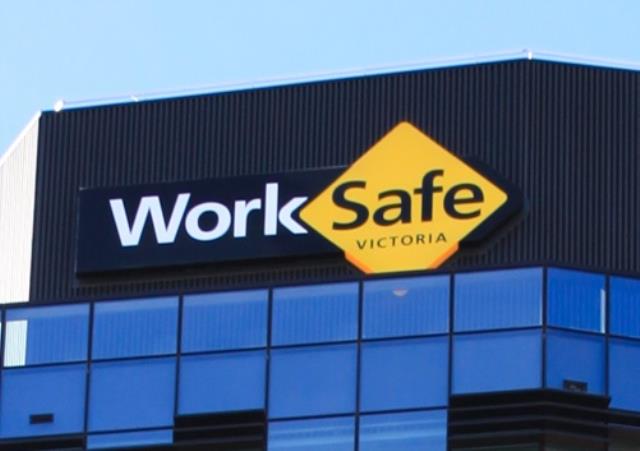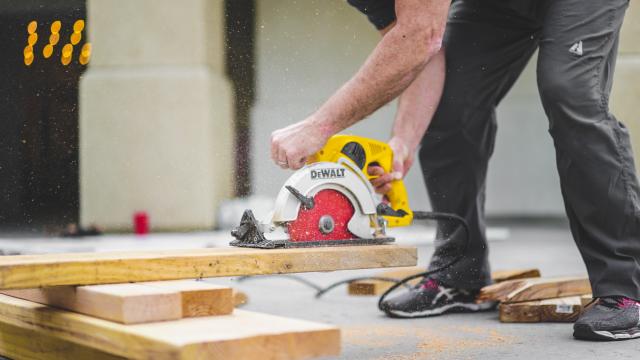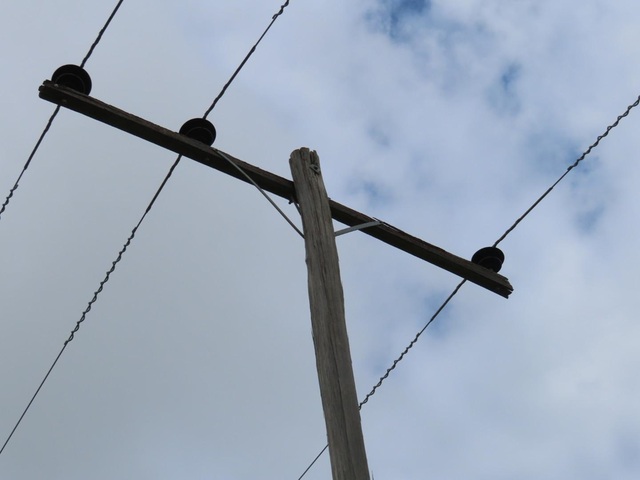Paramedics have flagged more than 20 addresses at Melton and Bacchus Marsh they have deemed ‘unsafe’.
Ambulance Victoria last week revealed paramedics attending emergencies in the area over the past year had been confronted with violence at 13 addresses, and safety was a concern at 10 other locations.
A register of ‘locations of interest’ listed nearly 1200 trouble spots across Victoria. Mornington Peninsula fared worst with 105 addresses flagged.
The addresses are highlighted to alert paramedics to locations where they may need a police escort or where safety precautions need to be taken.
Ambulance Victoria records show that paramedics were sent into 816 aggressive situations in the year to October 2015, with 39 records stating “police may be required”.
A further 355 records related to safety concerns, with 47 stating police may be required.
Paramedic safety paramount
Ambulance Victoria acting general manager Mick Stephenson said the safety of paramedics was paramount.
“We don’t tolerate any violence or aggression towards our staff,” he said.
“No paramedic is expected to enter a scene where violence is likely or suspected.
“Any risk is managed as it is identified collaboratively by ESTA [estimated time of arrival] call-takers and dispatchers, and supported by experienced paramedics in the communication centre who can provide phone and radio support to paramedics in the field and arrange for police attendance and rendezvous points when required.
“We also work with Victoria Police to increase information sharing, to better identify danger spots, including where individuals may be violent, have a mental health issue, use drugs or own a firearm.”
He said Ambulance Victoria was continually reviewing systems to provide the safest possible work environment for paramedics.
“Paramedics can flag addresses in our special patient information system to allow for specific instructions to be given to triple-0 call-takers and dispatchers, managers and paramedics in our communications centre and any future crews called to these addresses,” Mr Stephenson said.
“Instructions may relate to the locations of automated external defibrillators, known frequent callers, information for paramedics to access property, and relevant patient medical information.
“We work to identify special patient information by assessing call and location information for relevant facts at all times during call-taking and dispatch.”







